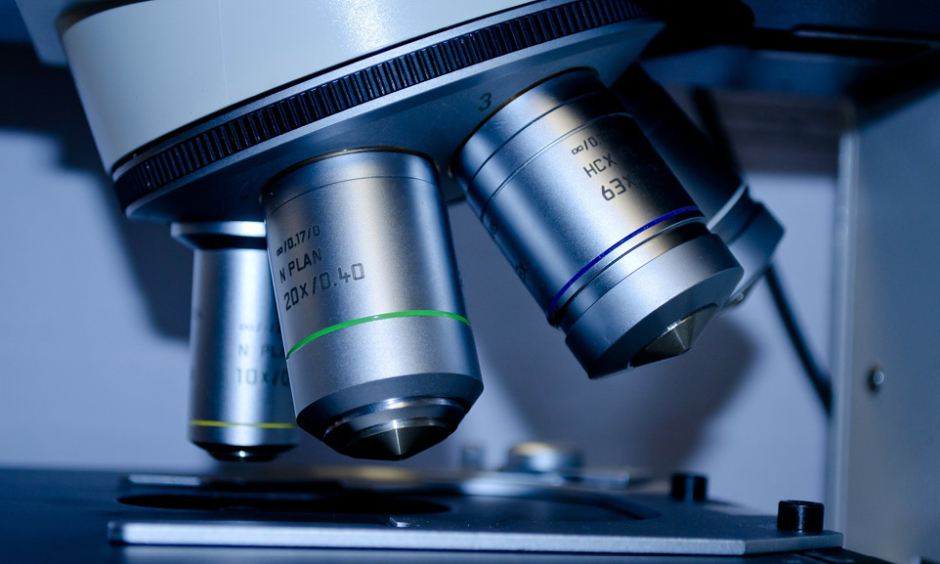“This represents a new horizon for DNA nanotechnology research,” announced Dr Hao Yan, University of Wisconsin-Madison, Madison, Wisconsin, USA, upon revealing his breakthrough study on nanotechnology therapy for acute kidney injury (AKI). AKI is diagnosed in 13.3 million people every year and represents a huge burden for the healthcare community worldwide. Now, for the first time, tackling this disease may be possible using tiny, self-assembling nanobots.
This ground-breaking study was made possible through close collaboration between nanomedicine specialists and an in vivo imaging team, which allowed them to create DNA origami nanostructures (DON) that self-assemble and preferentially accumulate in the kidney. Experiments in both mouse models and human embryonic cells showed these DON to convey a protective effect on the kidney, as well as to reduce the symptomatic burden of AKI on the patient; examination showed rectangular DON to be particularly effective, matching the effectiveness of available pharmacotherapies. A PET scan was used to examine the distribution of DON within the tissue, while serum creatinine and blood urea nitrogen levels were analysed in the mouse model to measure renal function. In the AKI mice receiving DON, kidney excretory function was shown to be comparable to mice receiving treatment using the mainline antioxidant drug N-acetylcysteine.
DON operate by scavenging reactive oxygen species; thus, when culminated in a single organ, they form an insulating barrier that protects that organ from oxidative stress, which is a leading contributor to AKI. The effects of this treatment proved durable, a fact that the researchers attributed to the nanostructure’s resistance to digestive enzymes, avoidance of immune surveillance, and low protein absorption.
Furthermore, the team established the safety of rectangular DON, evaluating their potential to elicit an immune response in mice by examining blood levels of interleukin-6 and TNF-α. The results showed the DON were non-immunogenetic and tissue staining of the heart, liver, spleen, lungs, and kidney revealed their low toxicity in primary organs, making them attractive candidates for clinical use in humans.
This proof-of-concept study represents the first examination of DON in living tissue and tracking their distribution using PET. It also revealed that DON were non-immunogenetic and had low toxicity, opening the door for the use of these nanostructures in other organs for a variety of diseases in the future.








